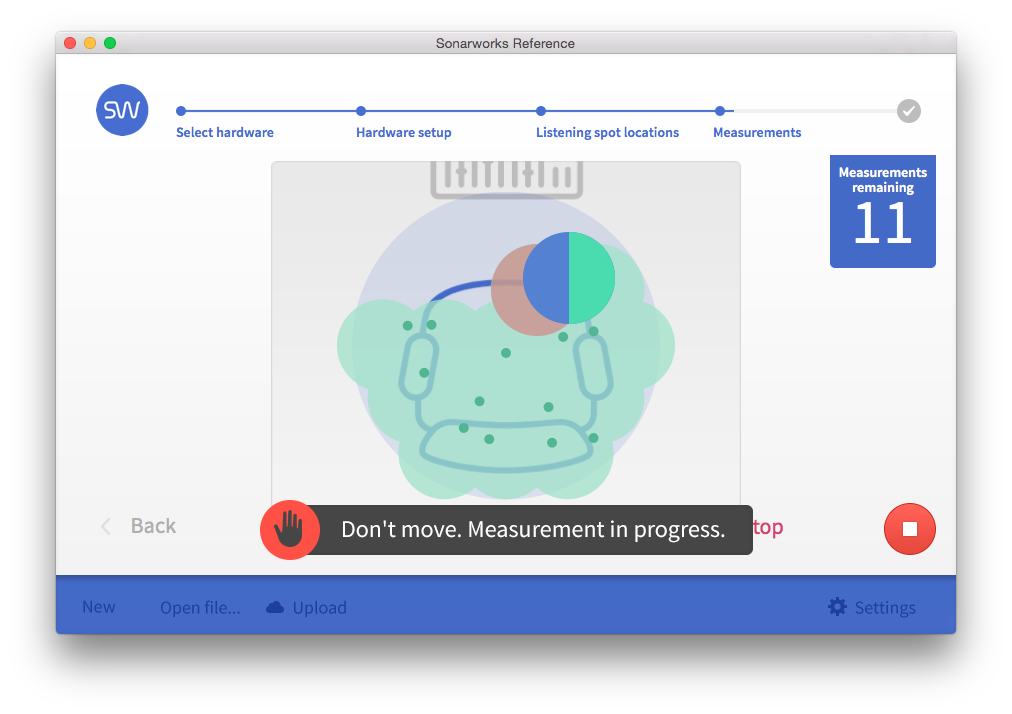

I don't claim my measurements are right nor my method is right. Others may have quite differing views (such is life) and everyone should use what they prefer or think is right. but one needs to base EQ on something.Īnd that is indeed where the problem area is. This makes them all sound (and measure) very different. You can actually see my compensation in that plot as bass measures ruler flat but due to my compensation is now slightly on the thin side.īut indeed the vast majority of headphones deviates many dB's, sometimes well over 15dB in specific areas.

There are a few headphones that measure close to 'flat' and sound good to me without any EQ.Įven here one can see variations well over 5dB (which is audible) if this were the FR of an amp or DAC everyone would be all over it claiming how poor the performance is. Instead I look for grossser errors that need correction and then apply a gentle EQ to get it in the correct ballpark. I also believe one should not 'correct' to the exact opposite of what is measured as that may differ from someone else's HRTF. Usually my plots end up quite close to 'compensated' dummy head measurements.
SONARWORKS REFERENCE 3 HEADPHONE DRIVER
The compensation needed for dummy heads with ear canals and Pinna is very complex and headphone depenedant.įor this reason (and financial) I prefer to measure what the driver itself puts out, not what 'a' fake Pinna does and 'a' fake ear canal does and later have to undo something complex. The reason I think this is true is that our ears calibrate themselves and take into account where the sounds are coming from.Ī violin played in front of you or to the side still sound equally 'violin'. Personally I don't think HRTF is that much of a problem for headphones.


 0 kommentar(er)
0 kommentar(er)
